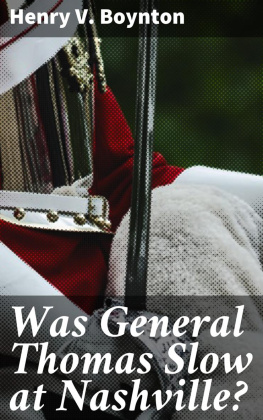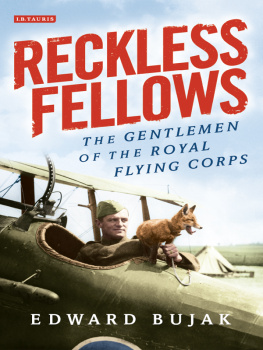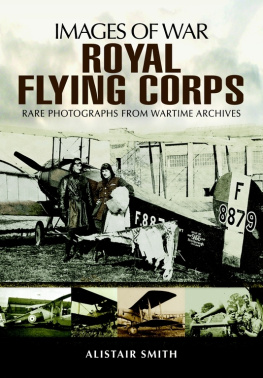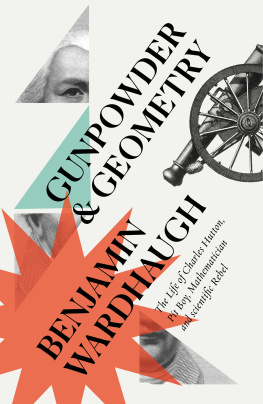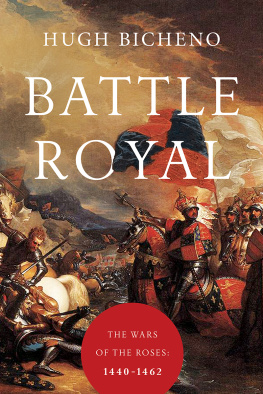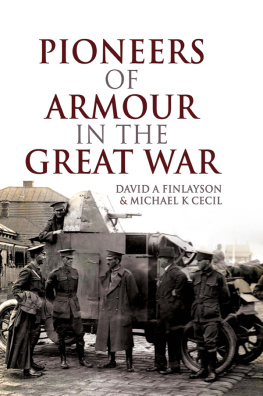Transcribers Note:
The cover image was created by the transcriber and is placed in the public domain.
From a photograph by W. & D. Downey, London.
A BRIEF HISTORY
OF
THE KINGS ROYAL RIFLE CORPS.
Celer et Audax.
Louisberg, Quebec, 1759, Martinique, 1762, 1809, Havannah, Roleia, Vimiera, Talavera, Busaco, Fuentes DOnor, Albuhera, Ciudad Rodrigo, Badajoz, Salamanca, Vittoria, Pyrenees, Nivelle, Nive, Orthes, Toulouse, Peninsula, Punjaub, Mooltan, Goojerat, Delhi, Taku Forts, Pekin, South Africa, 185123, 1879, Ahmad Khel, Kandahar, 1880, Afghanistan, 187880, Egypt, 1882, 1884, Tel-el-Kebir, Chitral, South Africa, 18991902, Defence of Ladysmith, Relief of Ladysmith.
Colonel-in-Chief:
HIS MAJESTY THE KING.
| Colonels Commandant: |
|---|
| 1st Battalion - | Field Marshal Rt. Hon. F. W. Lord Grenfell, P.C , G.C.B. , G.C.M.G. |
| 2nd Battalion - | Lieut.-Gen. Sir Edward T. H. Hutton, K.C.M.G. , C.B. |
| 3rd Battalion - | Major-Gen. Sir Cromer Ashburnham, K.C.B. |
| 4th Battalion - | Major-Gen. Sir Wykeham Leigh-Pemberton, K.C.B. |
Reprinted by permission from The Kings Royal Rifle Corps Chronicle of 1911, and Published 1912 .
WINCHESTER:
PRINTED BY WARREN AND SON, LTD., 85, HIGH STREET.
CONTENTS.
| Preface. |
| Part I. 17551824. |
| Sections |
| 1.17551763. | Origin of the Regiment and its Services in North America | page 8 |
| 2.17641807. | West Indies and the American War | page 11 |
| 3.18081824. | Peninsular War60th The Royal American Regiment become 60th The Duke of Yorks Own Rifle Corps | page 15 |
| Part II. 18251870. |
| 4.18251856. | Sikh WarSouth Africa | page 18 |
| 5.18571860. | DelhiRohilkundPekin | page 23 |
| 6.18611870. | North AmericaRed River | page 25 |
| Part III. 18711902. |
| 7.18711881. | IndiaAfghan WarSouth AfricaZulu WarFirst Boer War | page 34 |
| 8.18821885. | Egypt, 1882, Tel-el-KebirEgypt, 1884, El Teb, and Tamaiand 188485, Nile ExpeditionMounted Infantry | page 38 |
| 9.18861898. | India, Wreck of Warren Hastings | page 40 |
| 10.18991902. | South African WarTalana HillDefence of LadysmithRelief of LadysmithTransvaal | page 50 |
| Part IV. |
| A Retrospect. |
MAPS.
| | To face |
|---|
| Map | No. I. North America. Illustrating the area of Military Operations referred to in Part I, sections 1 and 2; also Part II, section 6 | p. |
| Map | No. II. Spain, Portugal, and South-Western France. Illustrating the area of Operations referred to in Part I, section 3 | p. |
| Map | No. III. India. Illustrating the area of Operations referred to in Part II, sections 4 and 5; also Part III, sections 7 and 9 | p. |
| Map | No. IV. South Africa. Illustrating the area of Operations referred to in Part III, sections 7, 8, and 10 | p. |
A BRIEF HISTORY
OF
THE KINGS ROYAL RIFLE CORPS.
Preface.
This abridged history of the Regiment has been prepared by certain members of the History Committee, and edited by the Chairman.
The Chairman (Lieut.-General Sir Edward Hutton) is indebted to the following members of the Regimental History Committee:Major-General Astley Terry, Major the Hon. C. Sackville-West, Captain Hereward Wake, and also to Colonel Horatio Mends for the contribution, wholly or in part, of Part I, Sec. 3; Part II, Secs. 4 and 5; Part III, Secs. 9 and 10; and Part III, Secs. 7 and 8 respectively.
The existing short history, written by Major-General Astley Terry and Colonel Mends and published with the Standing Orders of the Regiment, has been taken as a basis.
It has been the object of the compilers, while amplifying the short history, to form a Prelude to the large and comprehensive History of the Regiment by Captain Lewis Butler, the publication of whichfrom the difficulties to be overcome, the researches to be made, and the immense mass of detail to be dissectedmust necessarily be further delayed.
Every effort has been made to narrate in a concise and popular form the origin, history, and world-wide services of the several battalions, so that every Rifleman may be able to learn at least the outlines of the history of his Regimenta Corps whose battle honours are unequalled in number, and whose reputation for discipline and courage is unsurpassed in the annals of the British Army.
The gallant exploits of the Regiment are here given in no spirit of pride or self-adulation, but with the earnest hope that, profiting by the example of their predecessors, the present and future generations of Riflemen may not only successfully maintain as a sacred trust the credit and renown of The Kings Royal Rifle Corps, but may also still further add to the honours and reputation already won.
December 1st, 1911.
Note. The names of Officers of the British Army who do not belong to the Regiment are printed in italics. Campaigns and battles, which have been awarded as Battle Honours to the Regiment, are printed in capitals.
PART I.17551824.
I.
17551763. Origin of the Regiment and its Services in North America.
ORIGIN.
The Regiment was raised during 175556 in North America under special conditions, for the express purpose of assisting our Army to retrieve the terrible disaster which had befallen the British troops under General Braddock at the hands of a smaller force of French and Red Indians in the forest fastnesses upon the banks of the Ohio River. It had been found that the slow and ponderous movements of troops trained upon the European model, with their heavy accoutrements, tight uniforms, and unsuitable tactics, were helpless against savages, and almost equally helpless against soldiers habituated to wars in the dense forests and trackless wastes of America. It was therefore decided by the British Government to raise in America, from amongst the Colonists themselves, a force which should be able to meet these conditions.
60th ROYAL AMERICANS.
Designated as the 62nd, and the following year as the 60th Royal Americans, the Regiment was accordingly formed of 4,000 men in four battalions, and General the Earl of Loudoun, Commander-in-Chief of the British Army in America, was appointed Colonel-in-Chief. It was recruited from settlers, mainly of German and Swiss origin, in the States of Massachusetts, New York, Pennsylvania, Maryland, and North Carolina, to which were added volunteers from British regiments and others. Many of the senior officers and a considerable number of the Company officers were drawn from the armies of Europe, some of them being highly trained and experienced soldiers.
Through the bold initiative of Lieutenant-Colonel Henry Bouquet, a Swiss officer of distinction, commanding the 1st Battalion, the 60th Royal Americans adopted Colonial methods of equipment, simpler drill, open formations, and the Indian system of forest warfare, thus early acquiring those attributes of individual action, swift initiative, and of elastic though firm discipline, which have been the conspicuous characteristics of the Regiment throughout its long and brilliant career, characteristics which have made its reputation. Thus equipped, The Royal American Regiment from its very beginning played a distinguished and memorable part in establishing British power in North America.


